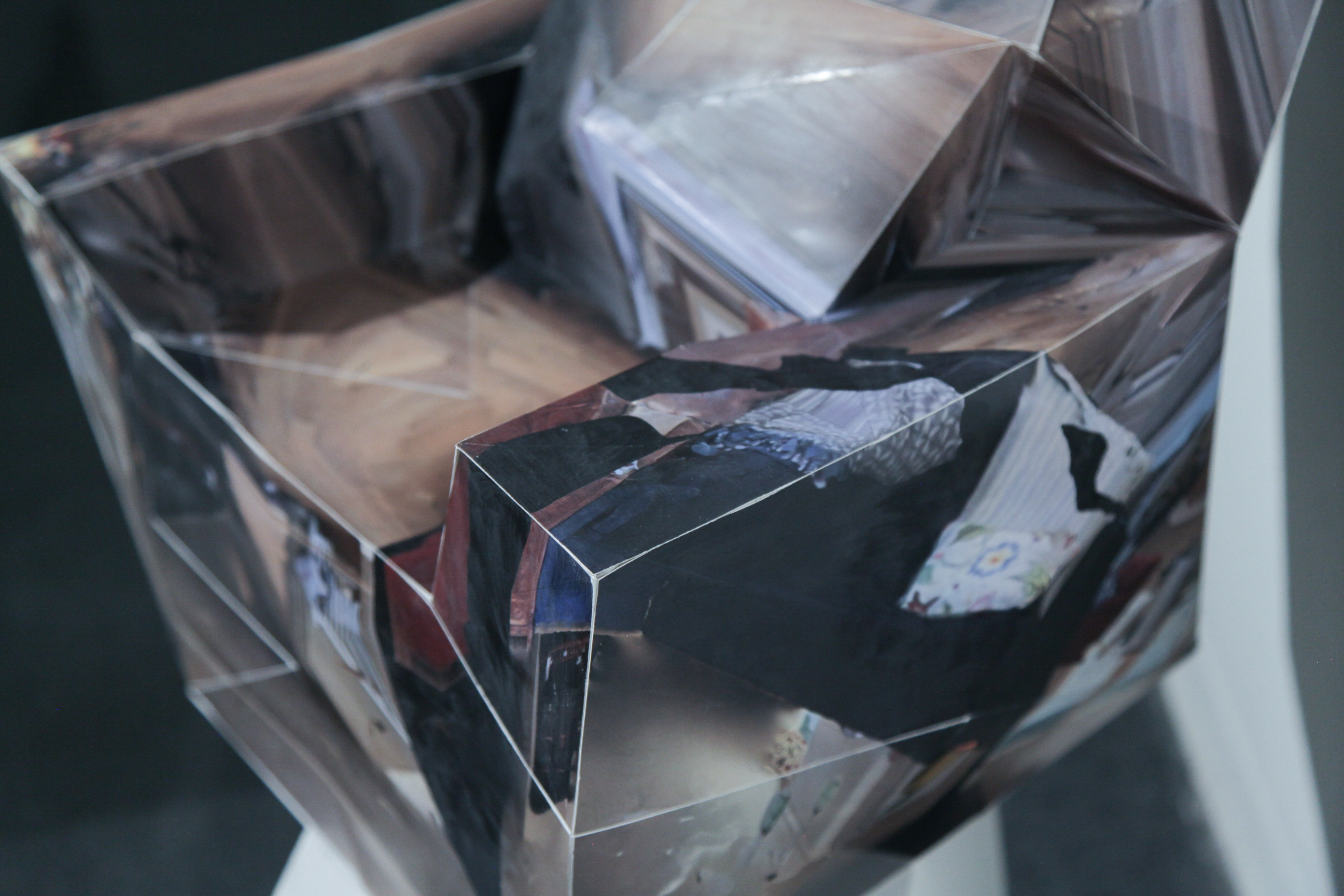Suspended Reliefs
Suspended Reliefs is a set of material and digital artifacts compiled during the 13th meeting of the Photographic Knitting Club, which brought together eight participants to meet virtually and perform a series of exercises exploring the mechanics of photogrammetry.
Developed as a scientific method for obtaining measurements from a series of images to remotely survey land in the nineteenth century, photogrammetry today has many applications, from 3D animation to forensics and state-sponsored surveillance. Photographic Knitting Club reflects on these applications of digital tools, while centering our attention on the domestic space, a site increasingly exposed to corporate surveillance and data extraction.
In the workshops, participants engaged in practices that reframe these imaging and quantification tools as digital crafts and connect data visualization with embodied experience. We perform a series of exercises that explore the mechanics of photogrammetry, the material practices of photographic production, and the tactility associated with inhabiting our most familiar spaces.
The artifacts seen here constitute the second step of the project: after processing and anonymizing the visual information shared by the participants, I perform handicraft on this data as a way to experience new modes of seeing within 3D software. Inverting the association between photogrammetry and instrumentalist extraction of data, the artifacts fabricated for this piece instead allow us to reimagine and make strange the spaces we inhabit and the intimate objects with which we share them.
Developed as a scientific method for obtaining measurements from a series of images to remotely survey land in the nineteenth century, photogrammetry today has many applications, from 3D animation to forensics and state-sponsored surveillance. Photographic Knitting Club reflects on these applications of digital tools, while centering our attention on the domestic space, a site increasingly exposed to corporate surveillance and data extraction.
In the workshops, participants engaged in practices that reframe these imaging and quantification tools as digital crafts and connect data visualization with embodied experience. We perform a series of exercises that explore the mechanics of photogrammetry, the material practices of photographic production, and the tactility associated with inhabiting our most familiar spaces.
The artifacts seen here constitute the second step of the project: after processing and anonymizing the visual information shared by the participants, I perform handicraft on this data as a way to experience new modes of seeing within 3D software. Inverting the association between photogrammetry and instrumentalist extraction of data, the artifacts fabricated for this piece instead allow us to reimagine and make strange the spaces we inhabit and the intimate objects with which we share them.
Suspended Reliefs is commissioned as part of refamiliarization, curated by Justin Berner and Julia Irwin.
The workshop and the exhibit is made possible with the support from The Berkeley Center for New Media and The Department of Art Practice. Special thanks to Jill Miller and Jacobs Institute for Design and Innovation.
Conversation with curator Julia Irwin.
The workshop and the exhibit is made possible with the support from The Berkeley Center for New Media and The Department of Art Practice. Special thanks to Jill Miller and Jacobs Institute for Design and Innovation.
Conversation with curator Julia Irwin.
Here are five workshop participants narrating their daily movement in space from a first person point-of-view using their phone camera. Using photogrammetry, the frames from these videos were first extracted, then stitched and reconstructed into 3D models. We still hear the participants' voices and through the home VHS video style framing, but environments are reduced to 3D polygons without identifiable color or texture information.
Through digital reconstructions, I engage with participants’ (Photographic Knitting Club) homes from angles, scales, and in juxtapositions that are humanly impossible.
Treating these reconstructions as raw material, I hand-trace 2D renderings of selected sections of the models. These tracing specimens come from pillows, towels, carpets, comforters, and pieces of clothing captured in the participants’ homes.
Treating these reconstructions as raw material, I hand-trace 2D renderings of selected sections of the models. These tracing specimens come from pillows, towels, carpets, comforters, and pieces of clothing captured in the participants’ homes.


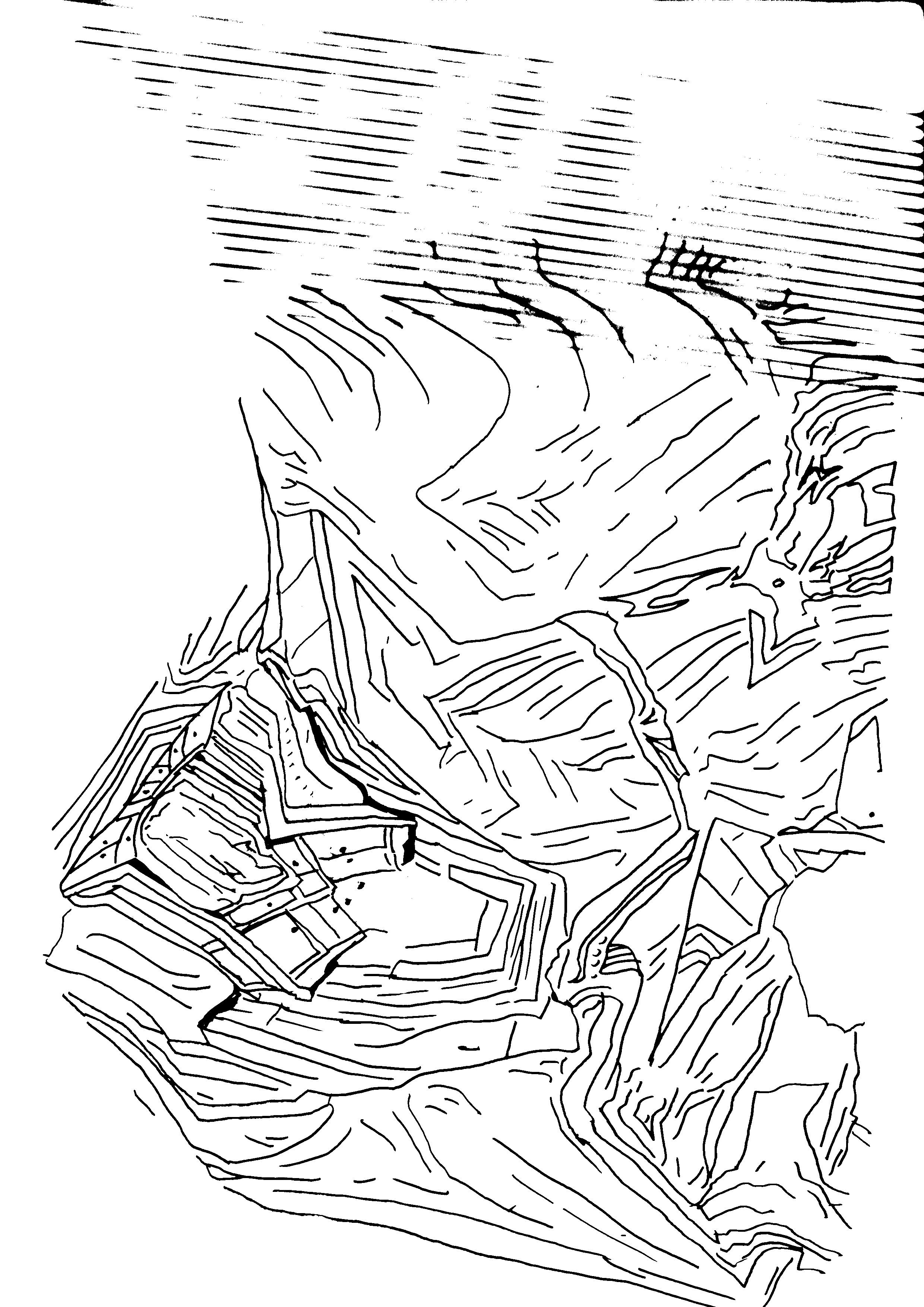


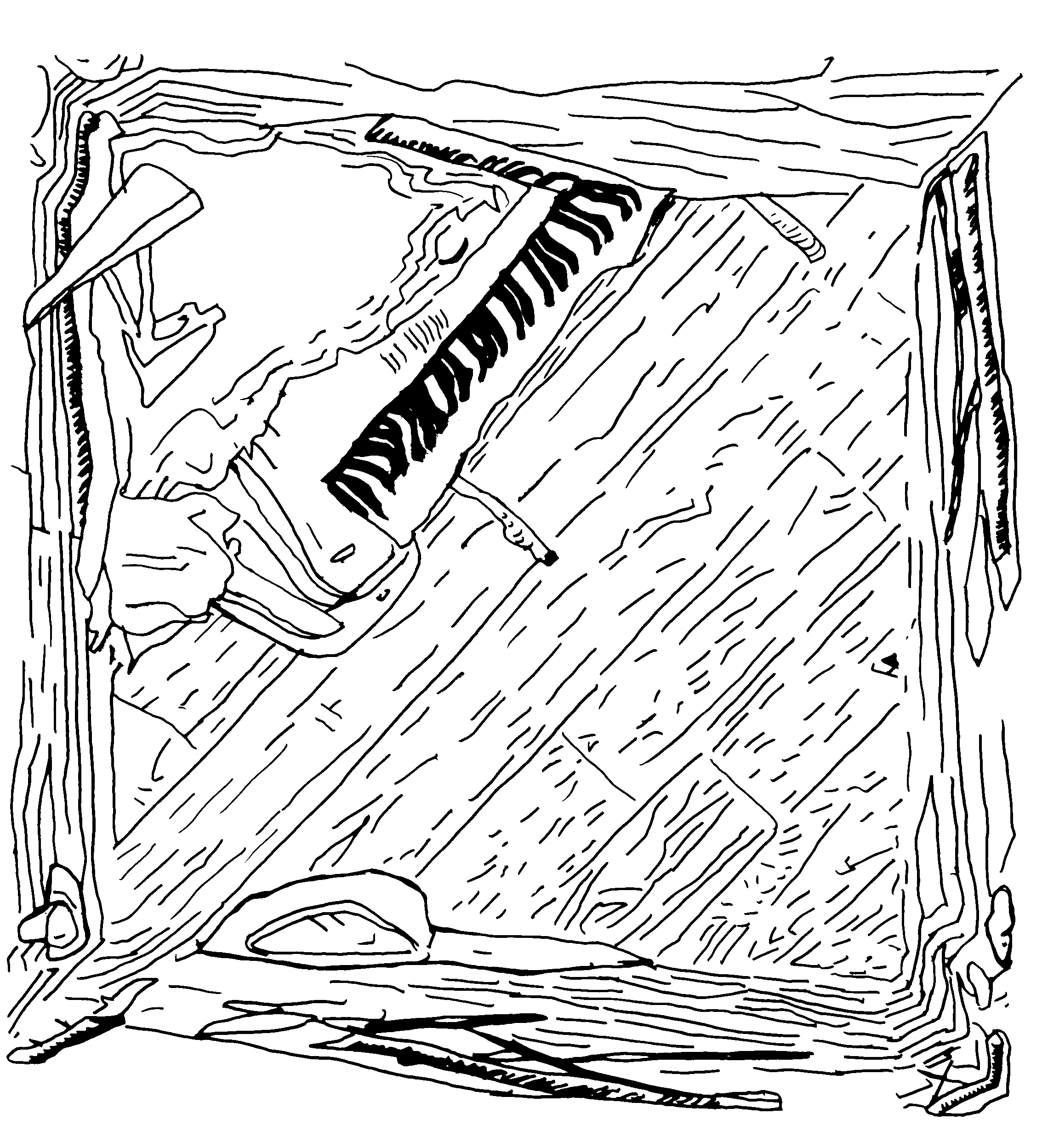
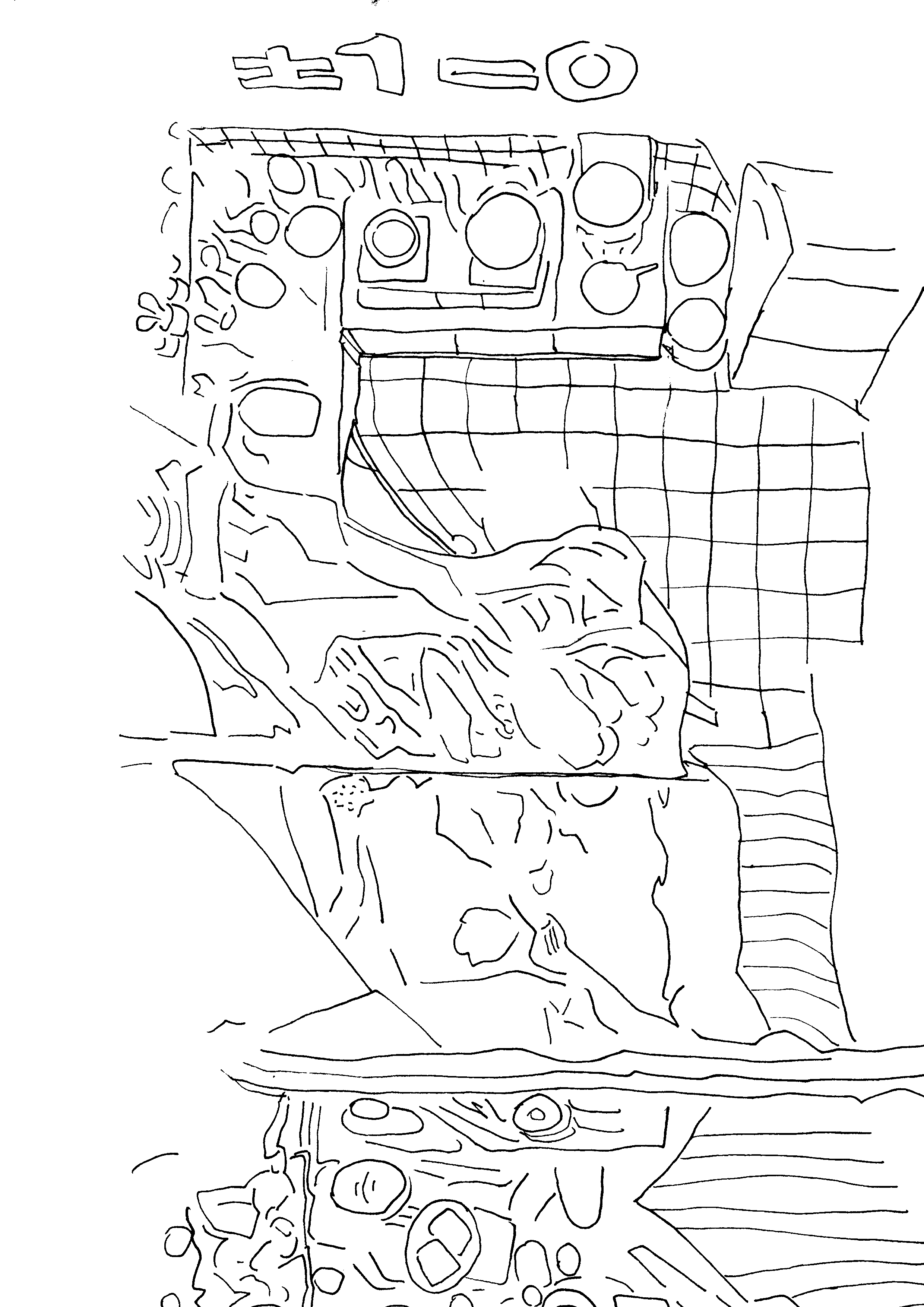

Tracing exercises allow me to aggregate, reorganize, and introduce new figurations. Here, small details and aberrant features from different bedrooms are given emphasis as I manipulate these spaces into new volumes.
I dig out evidence of life from 3D reconstructions. Here, ephemeral surfaces such as impressions on bed sheets and seating pad were preserved. The resulting artifacts bear the imprint of my own fictionalizations and idiosyncratic process of selection.
I dig out evidence of life from 3D reconstructions. Here, ephemeral surfaces such as impressions on bed sheets and seating pad were preserved. The resulting artifacts bear the imprint of my own fictionalizations and idiosyncratic process of selection.
tures from different bedrooms are given emphasis as I manipulate these spaces into new volumes.
![]()
![]()
![]() z
z
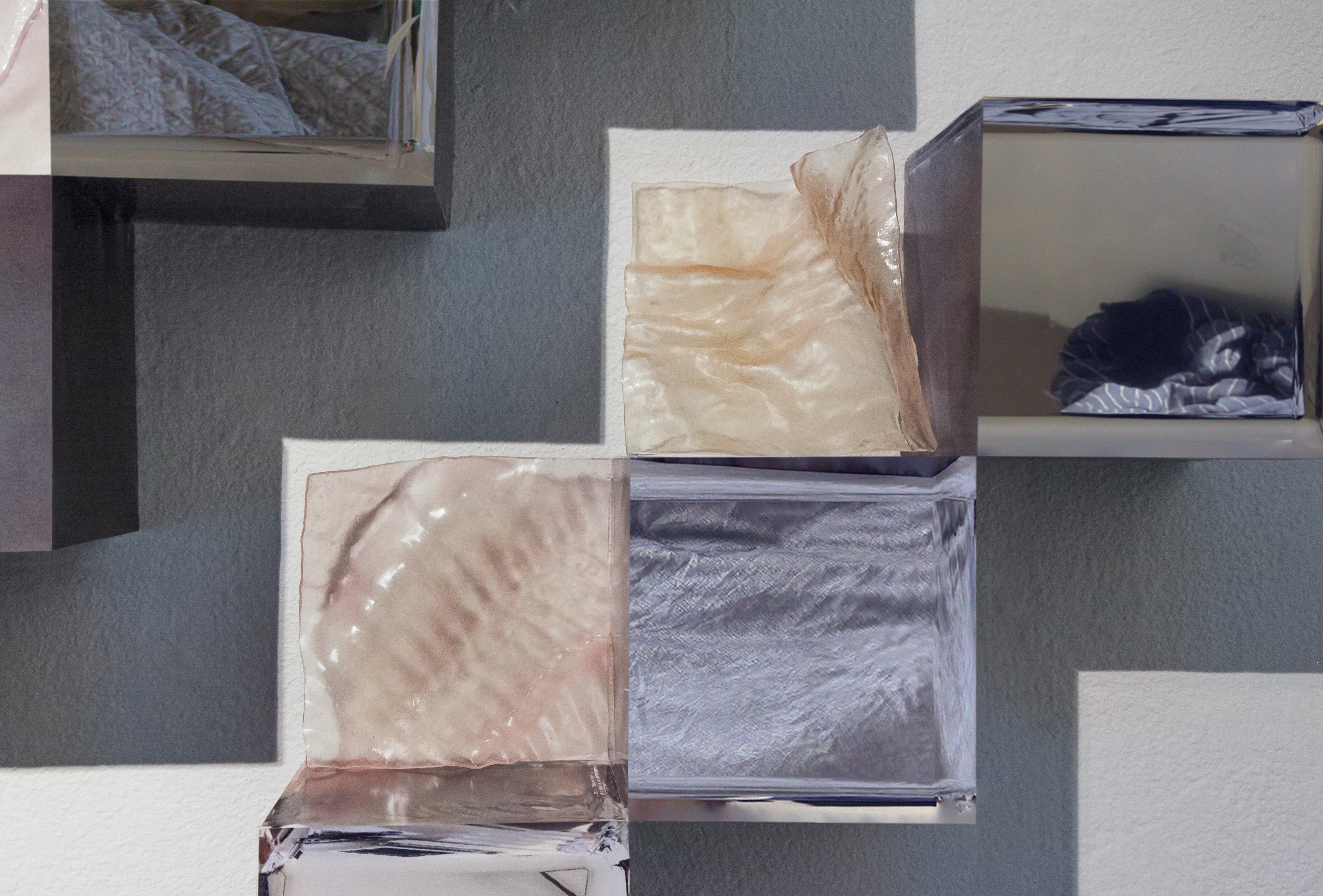
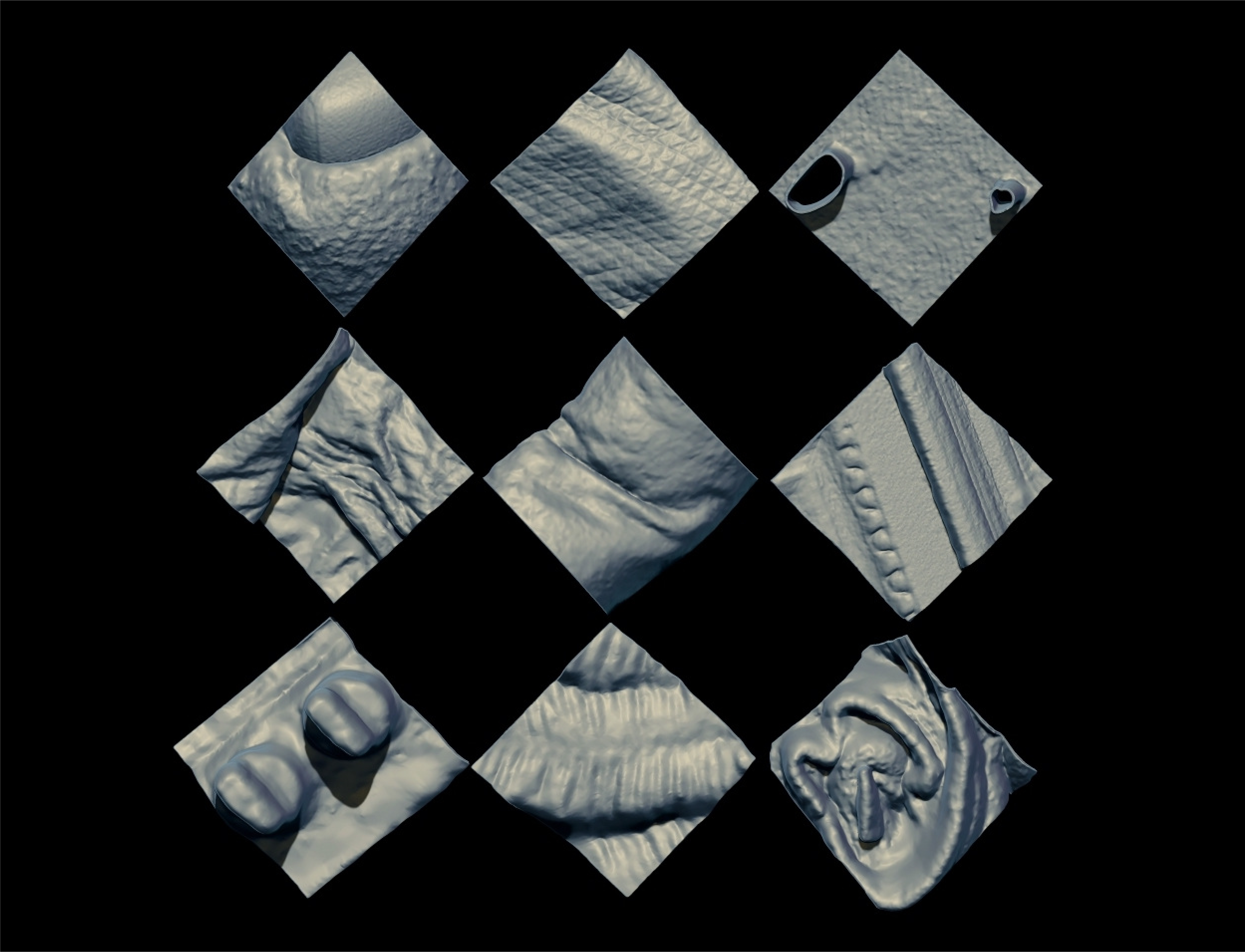
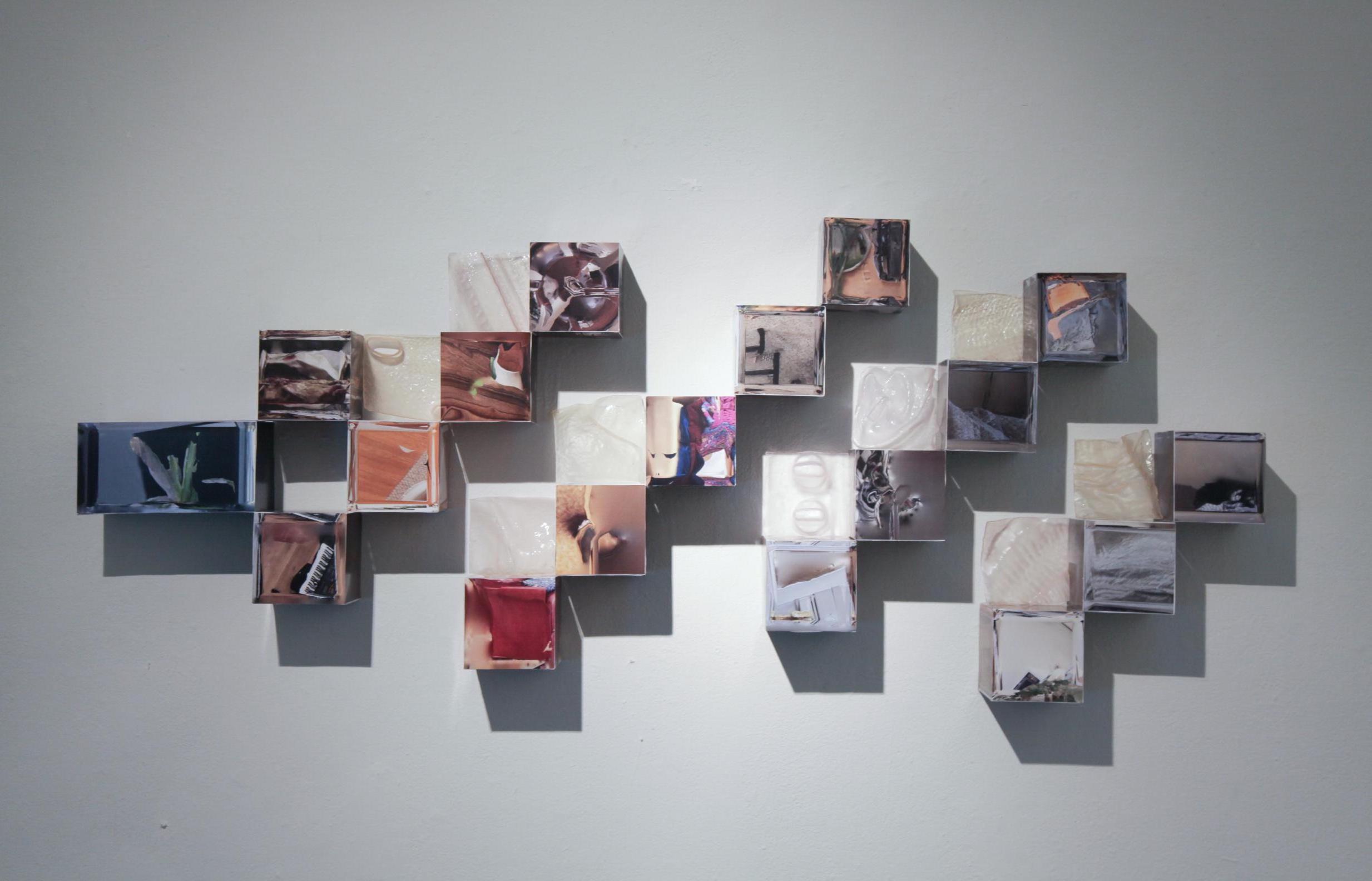
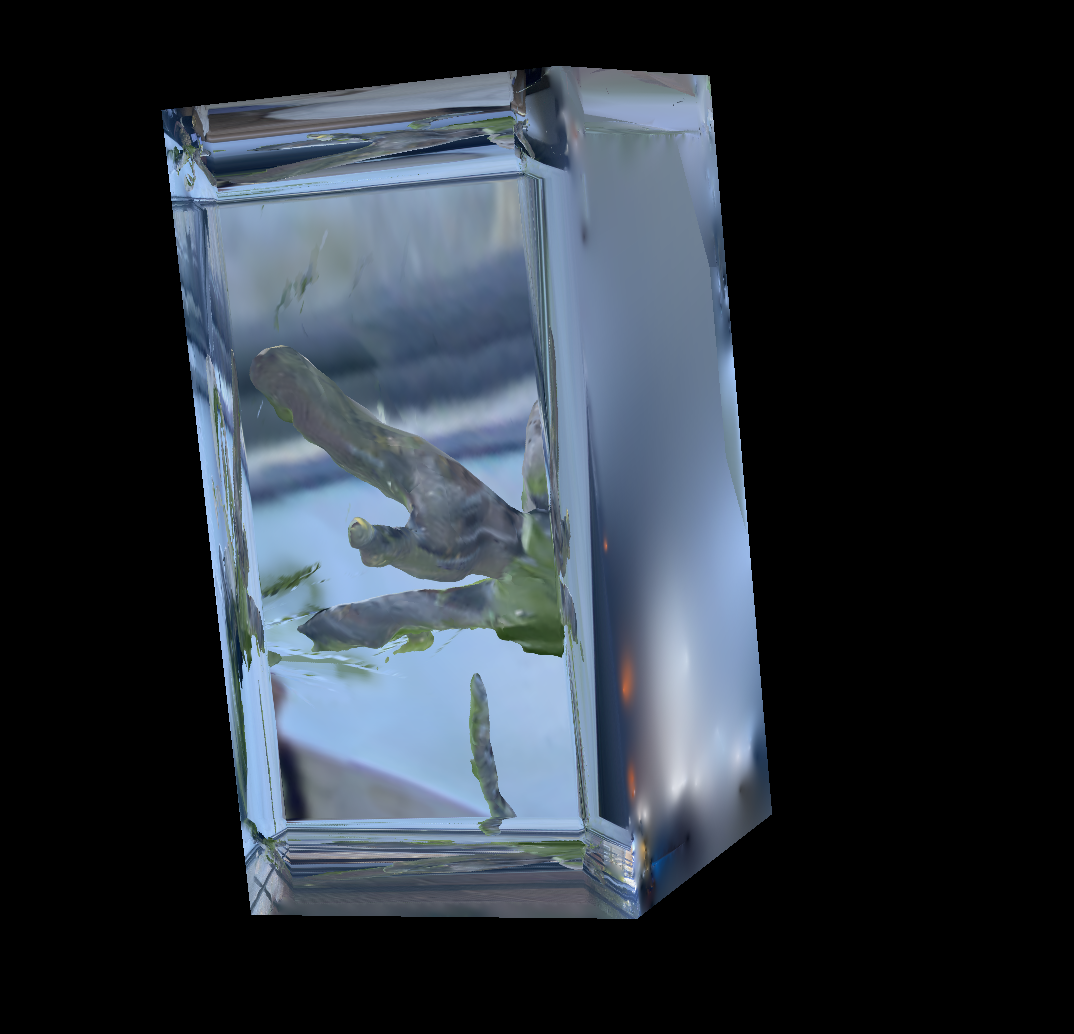
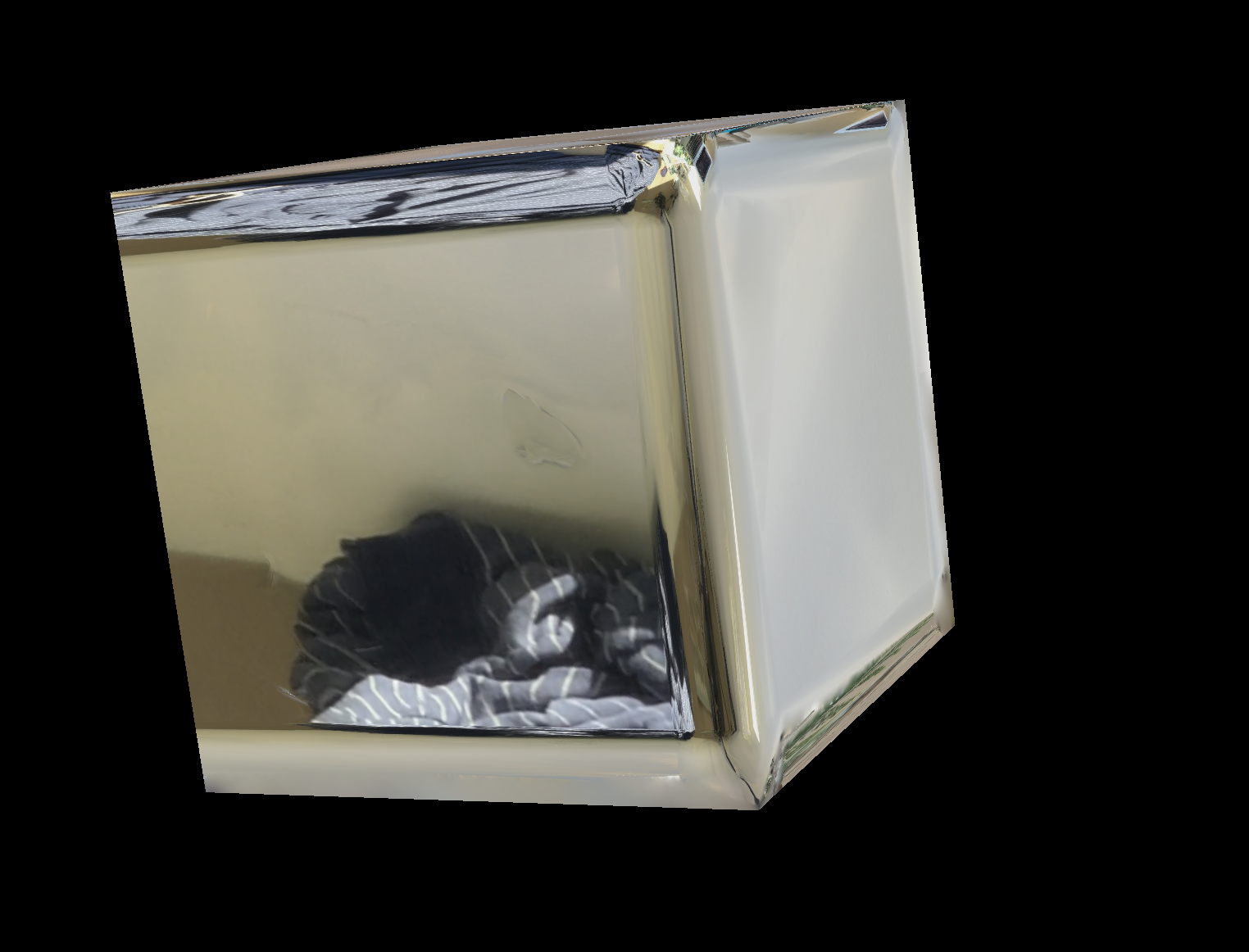
Tracing also acquainted me with the common objects found in every space—floor boards, books, air conditioners, keyboards—and the logical similarity of different fabric patterns.
I developed my own classification system, cut up complementary components of different homes, and wove them together into a paper tapestry. Manual and slow, the process transformed digital information into a new (old) mode of visualization.
I developed my own classification system, cut up complementary components of different homes, and wove them together into a paper tapestry. Manual and slow, the process transformed digital information into a new (old) mode of visualization.


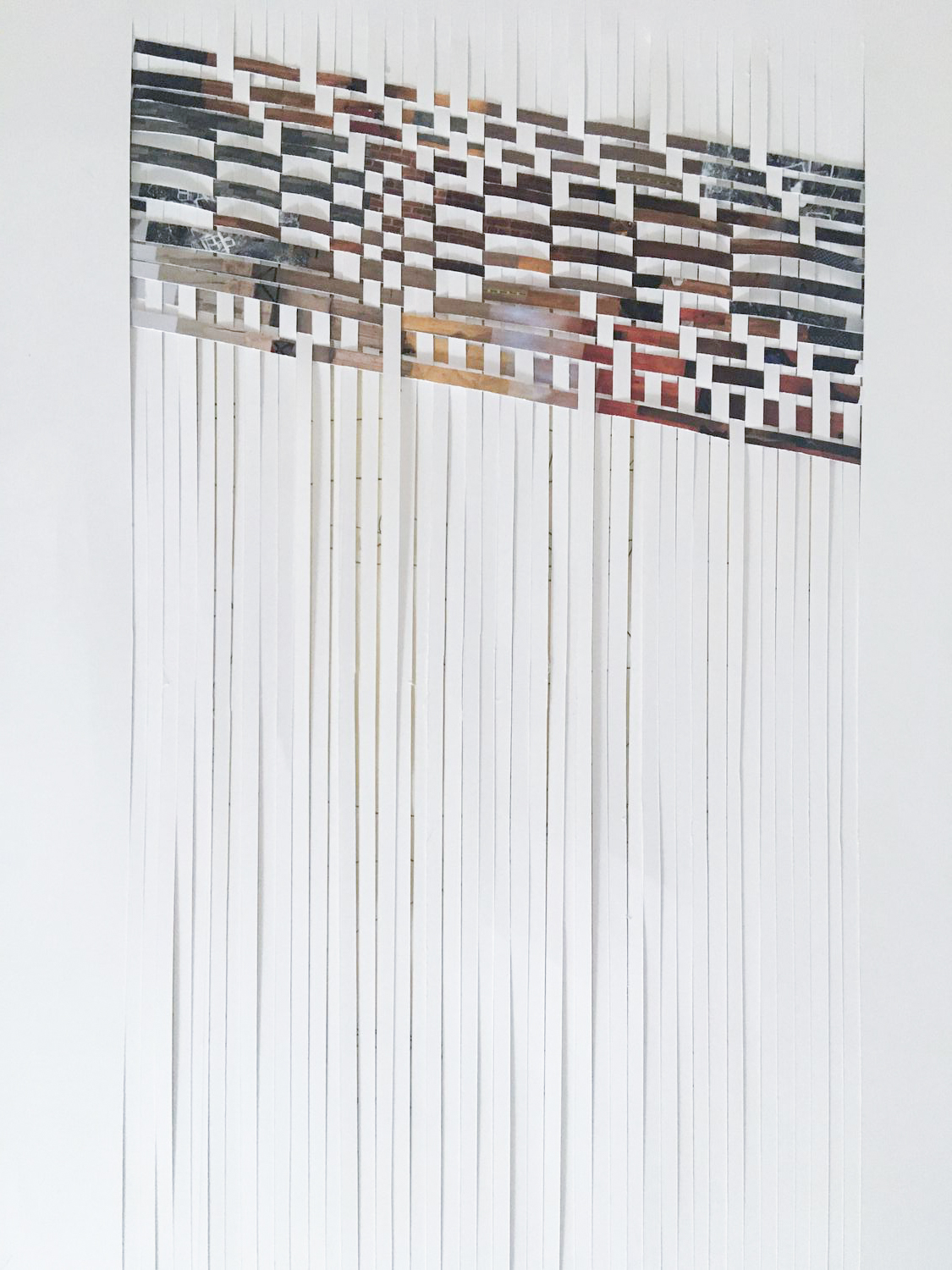
s
A blanket printed with floorboards taken from multiple participants’ homes.
The blanket is shown as part of the video installation.
The blanket is shown as part of the video installation.


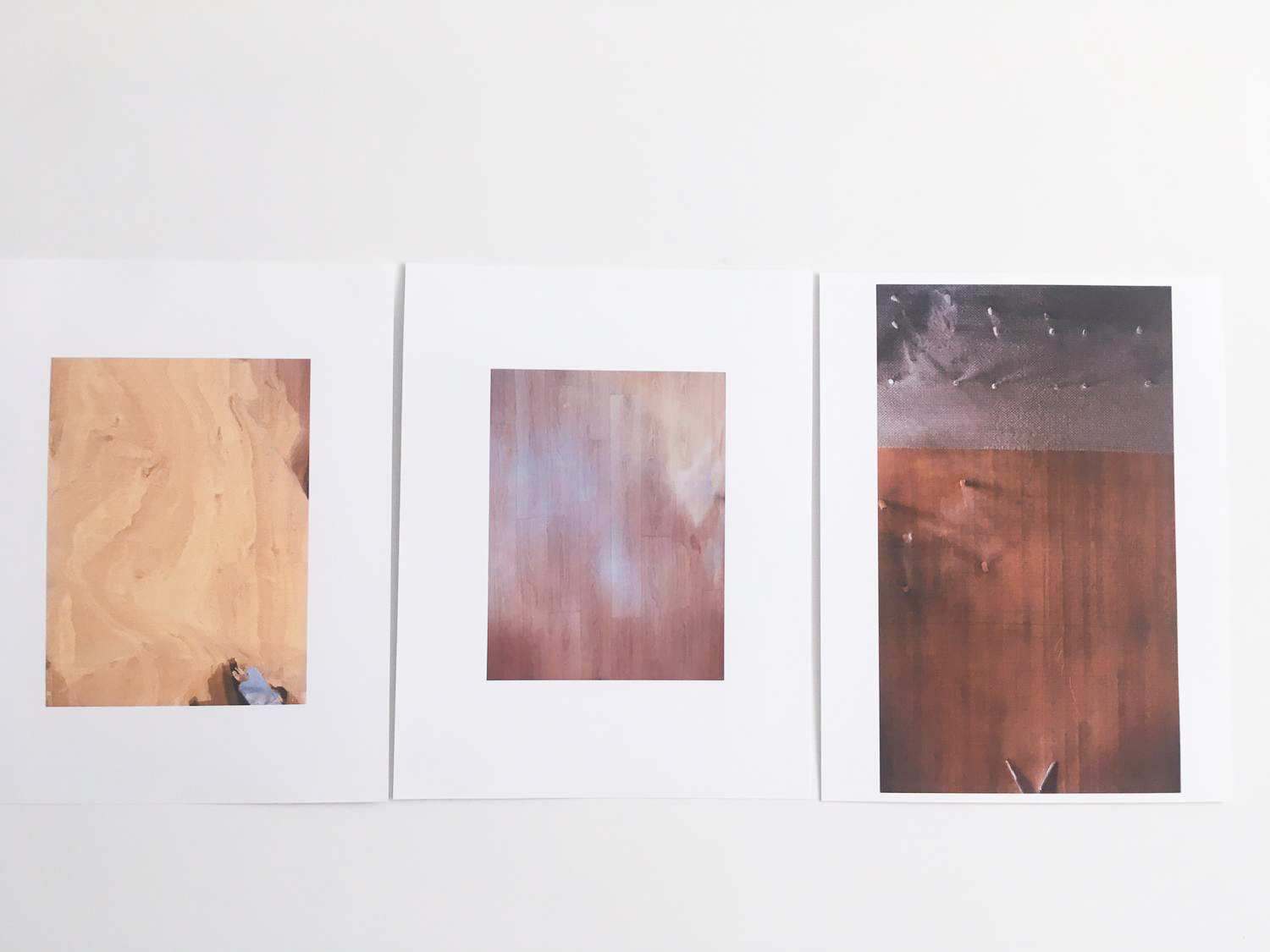
Paper origami made from participants’ home objects.
Here is an example of a sofa 3D scanned by a workshop participant. The sofa is simplified, flattened, printed on cardstock, and reassembled into three dimensions.
Here is an example of a sofa 3D scanned by a workshop participant. The sofa is simplified, flattened, printed on cardstock, and reassembled into three dimensions.


